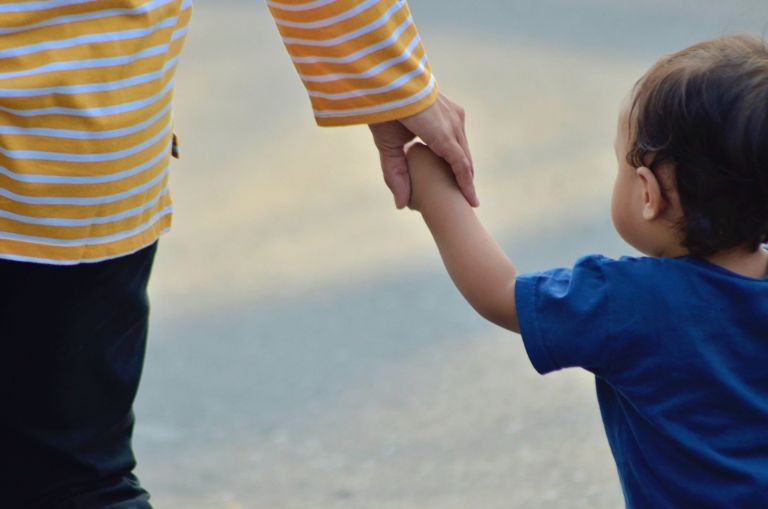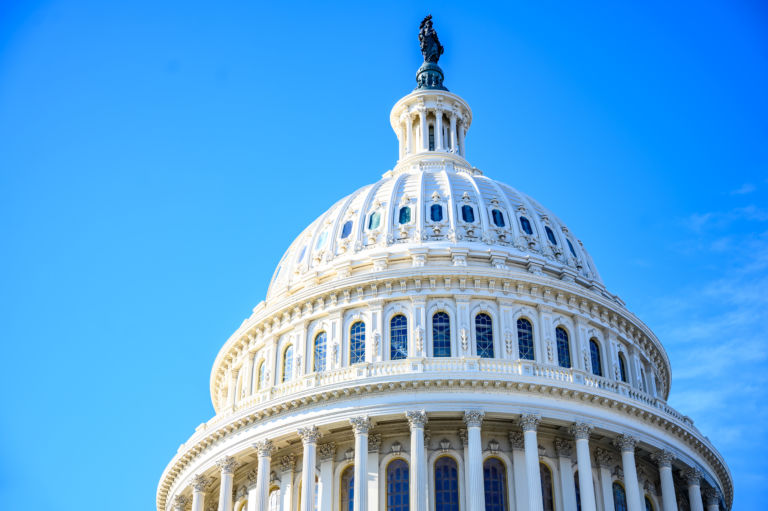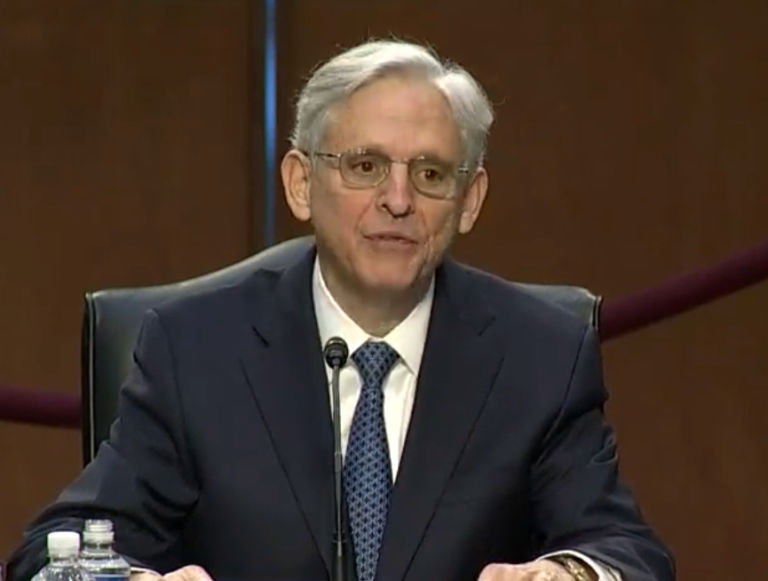Robert VerBruggen of National Review Online searches in vain for signs that American families are growing again.
It was no surprise when fertility dropped following the Great Recession. In the developed world, there’s a pretty consistent relationship between the economy and childbearing: The two rise and fall together.
Almost a decade later, though, with unemployment heading toward 4 percent, we’re still waiting for births to come back up. The latest evidence comes from the consulting firm Demographic Intelligence, which reports that births will fall 2.8 percent this year, with the total fertility rate declining to 1.77 children per woman. …
… The “replacement rate” is generally considered to be 2.1 children per woman, and until recently the U.S. could pride itself on staying around that number as many other developed countries slid below it. Those days increasingly appear to be over. And a society with fewer young people is a society with less innovation, less economic activity, and more stress on old-age programs.
What’s going on? Two big contributors are a drop in unintended pregnancy and the fact that Americans are delaying marriage. In theory, these trends could mean that people have babies later instead of not having them at all. But so far, the uptick in childbearing among older women is nowhere near big enough to offset the fall among the young.


